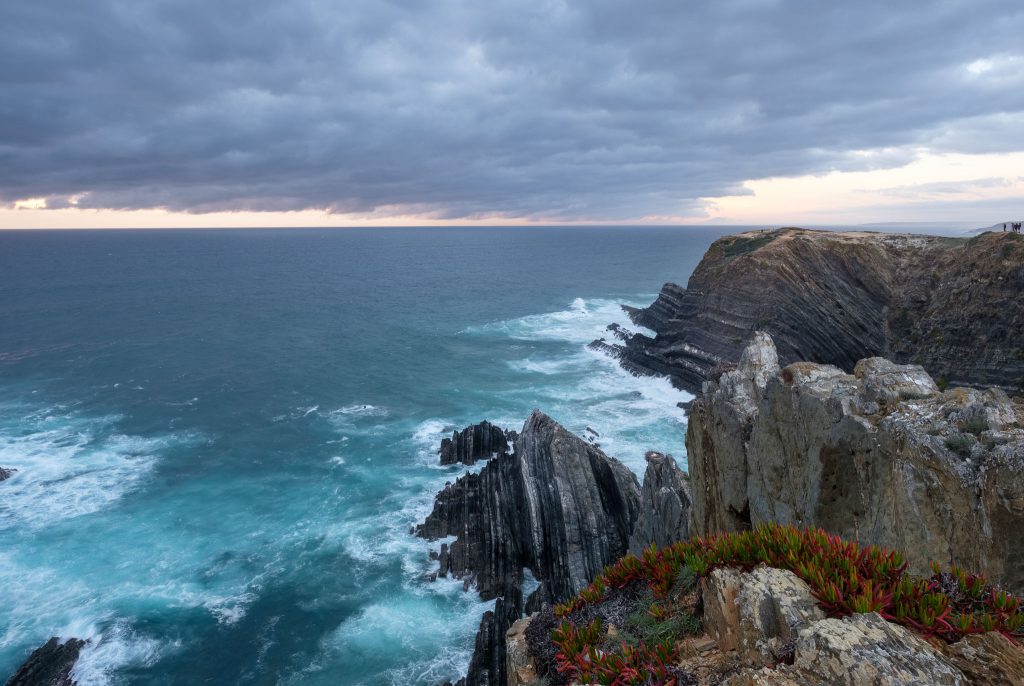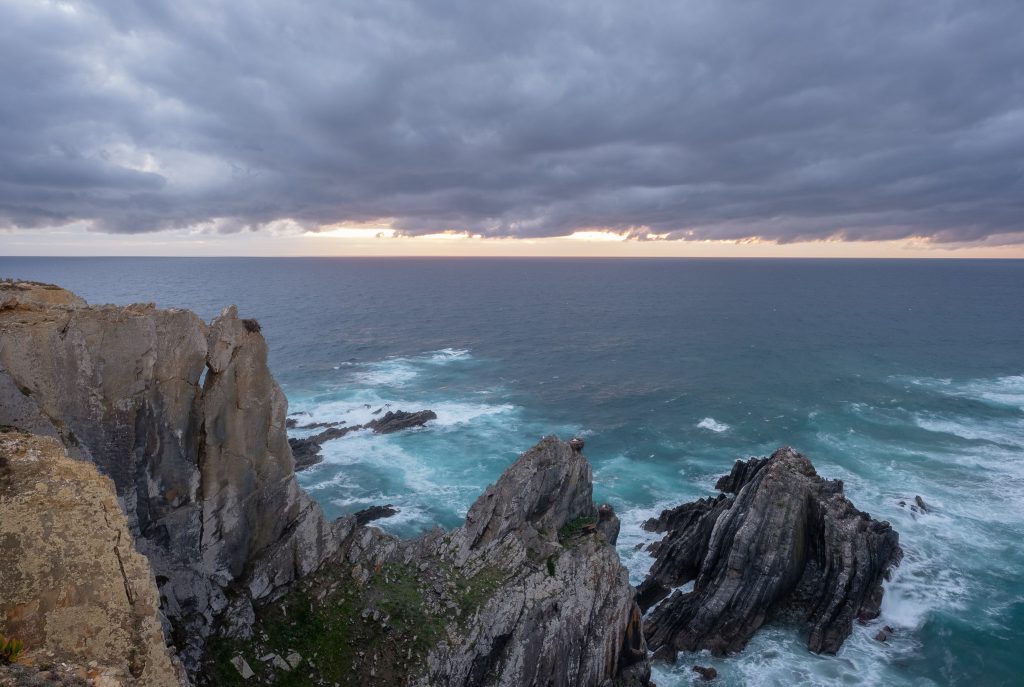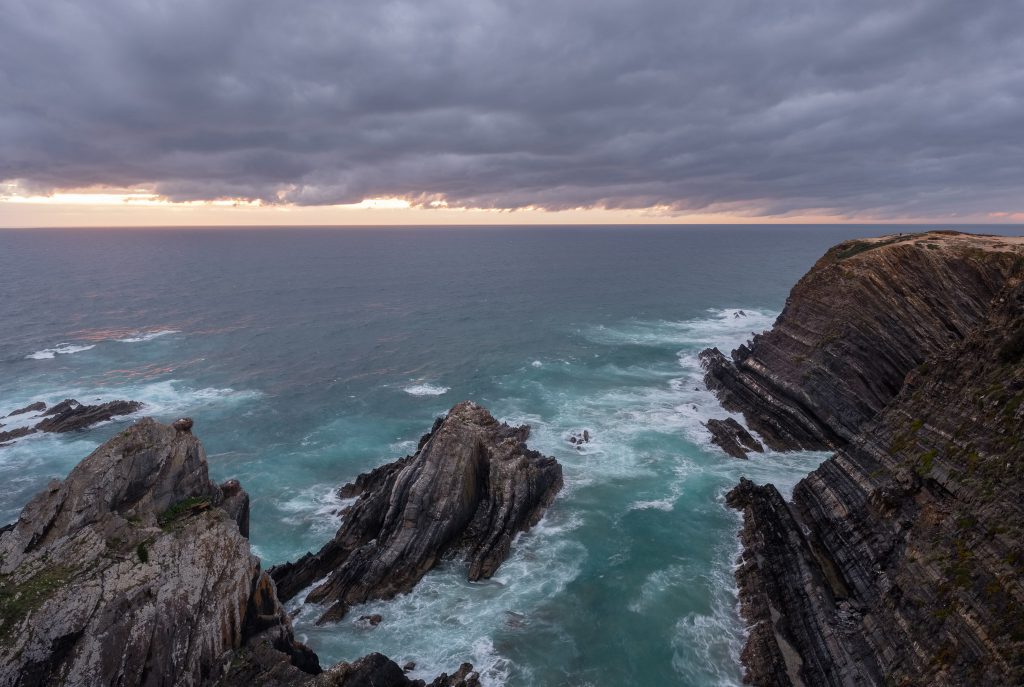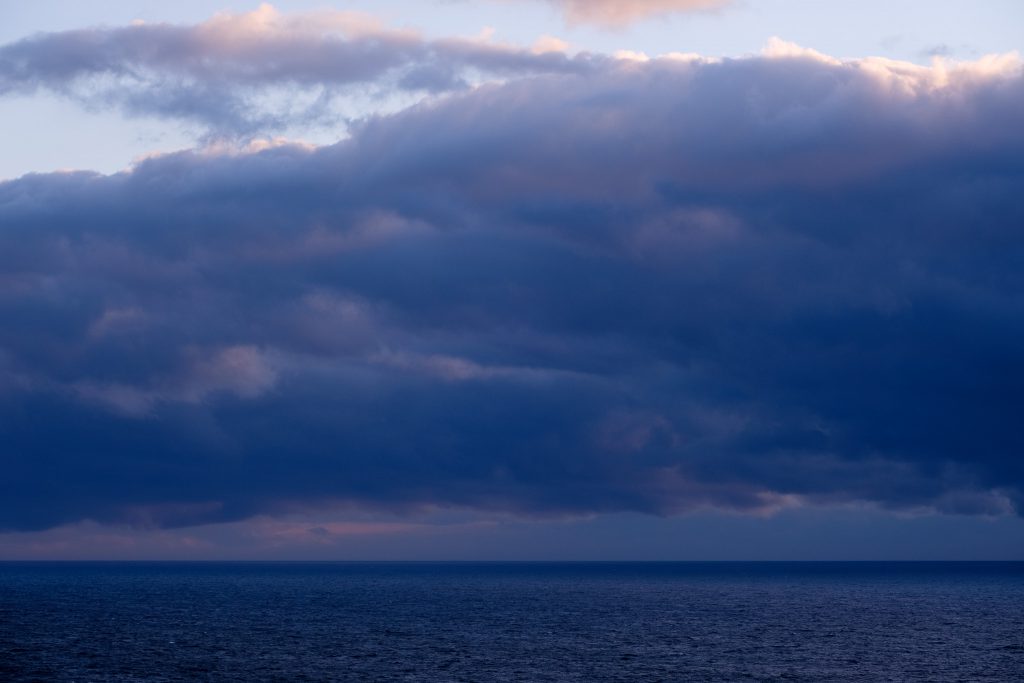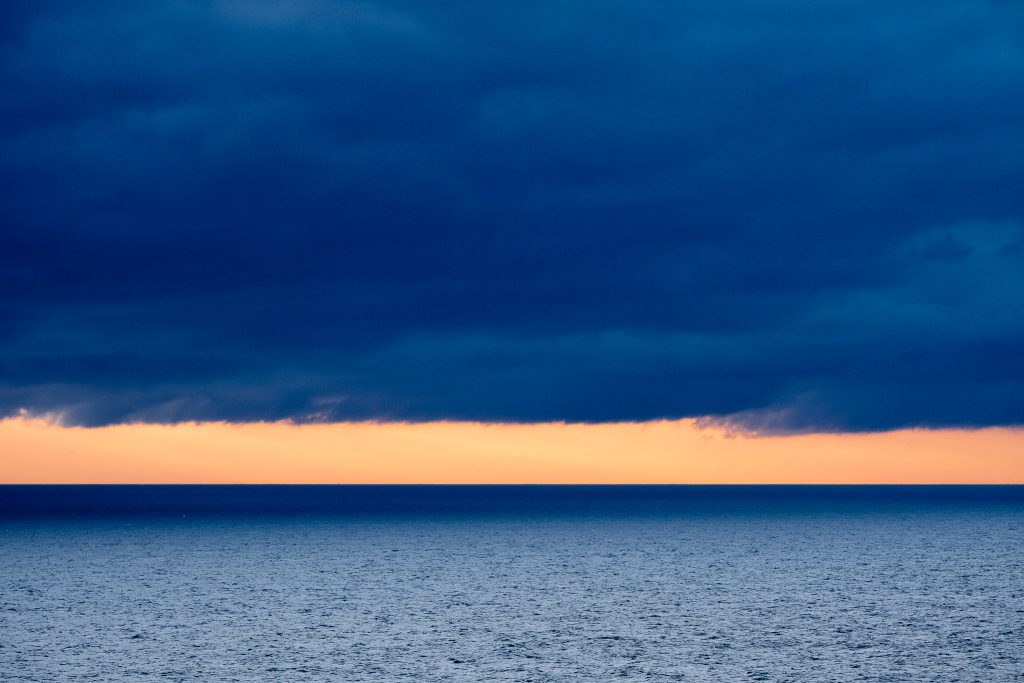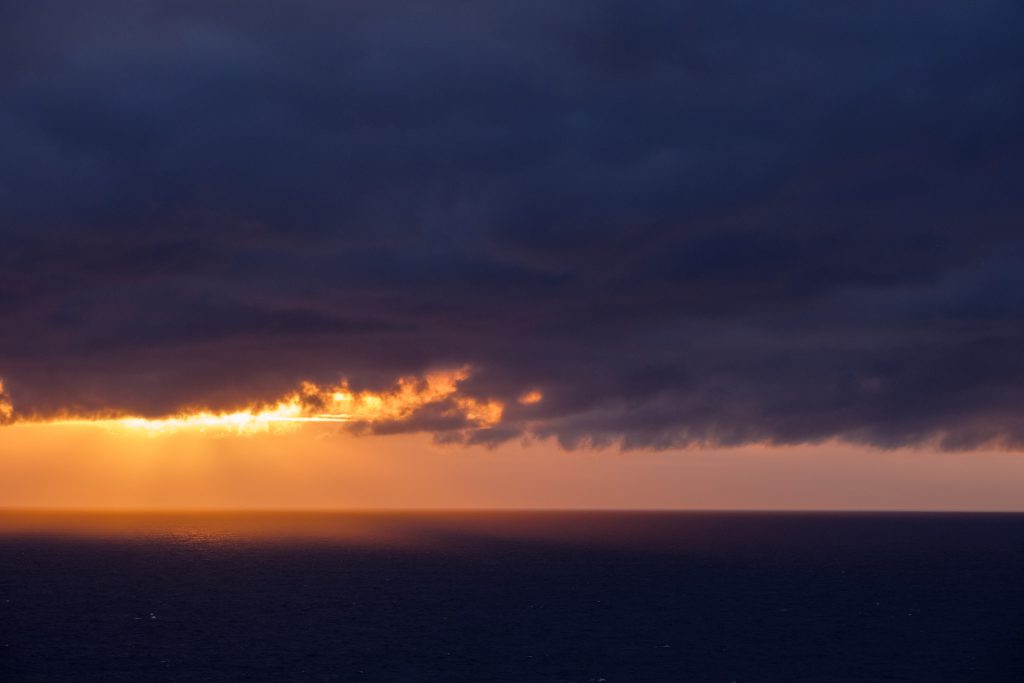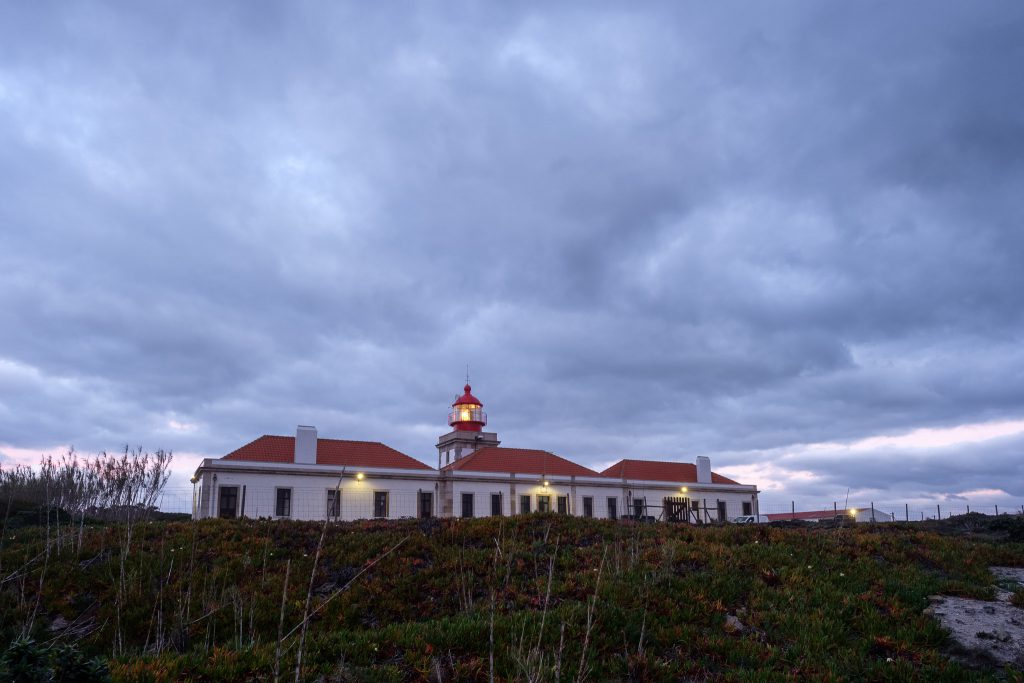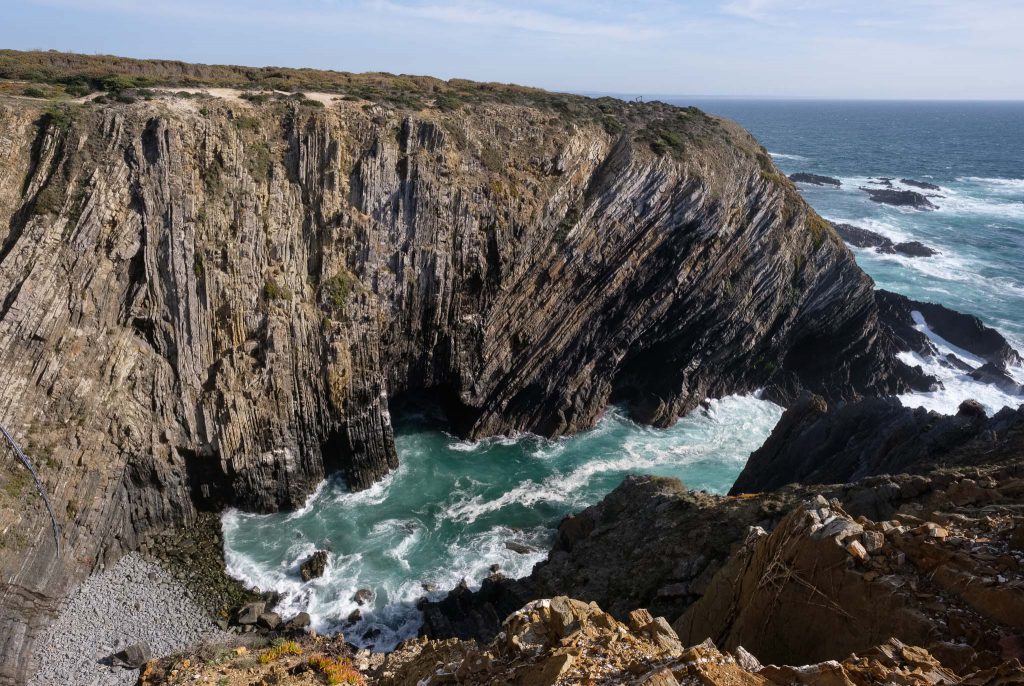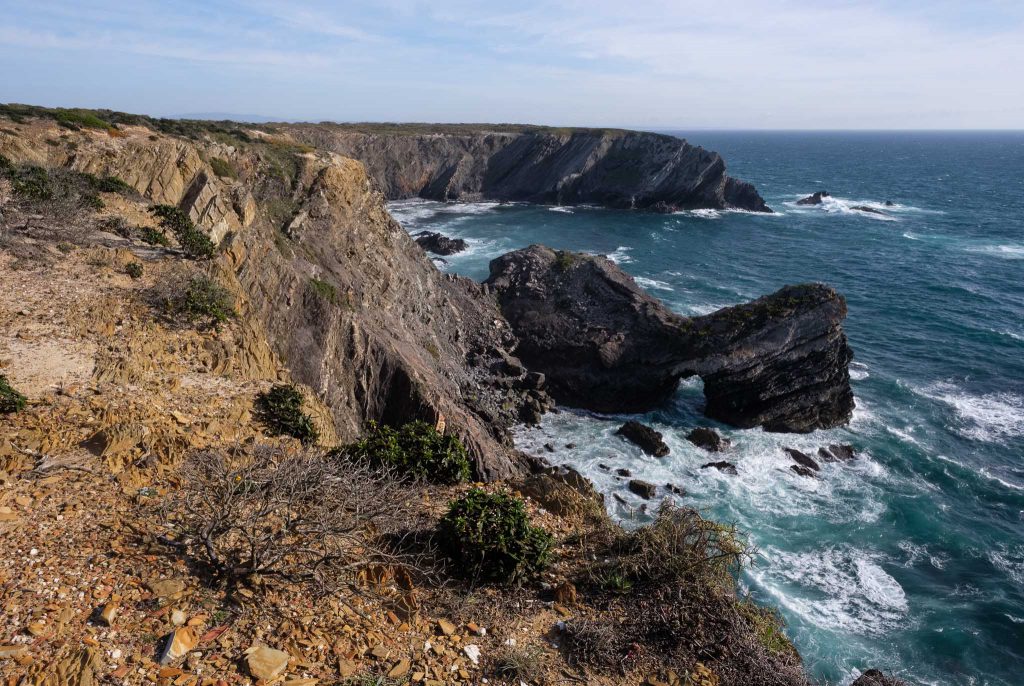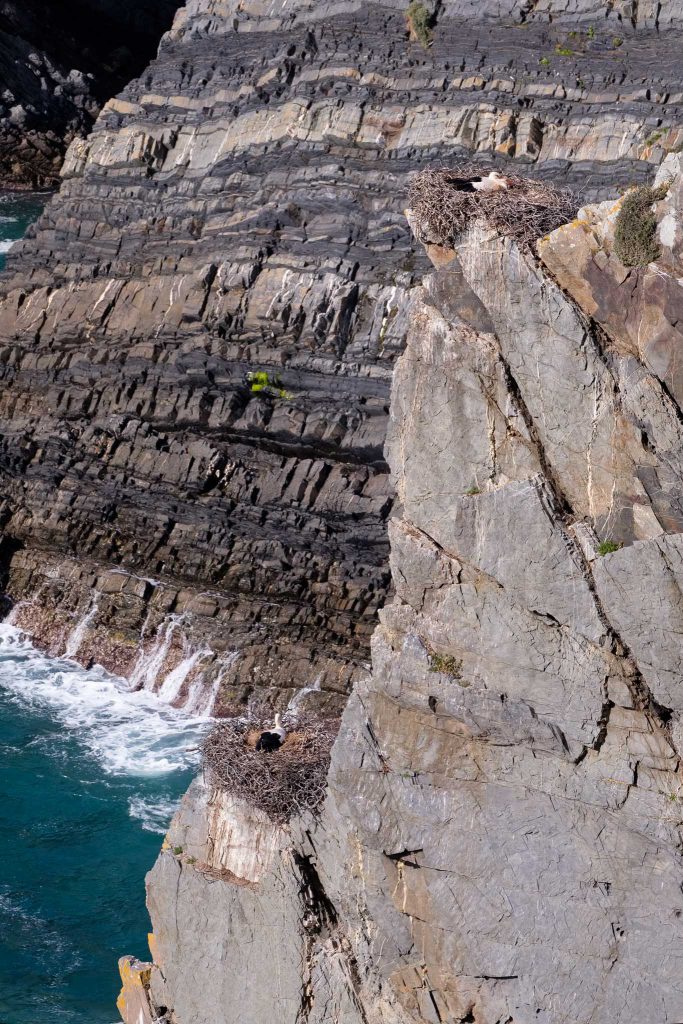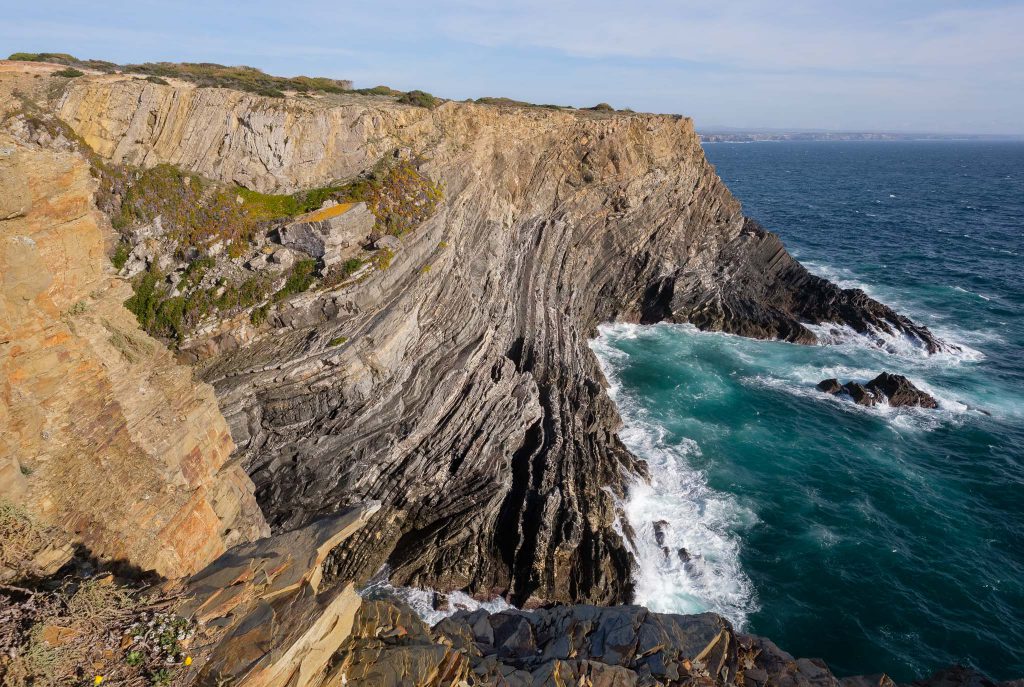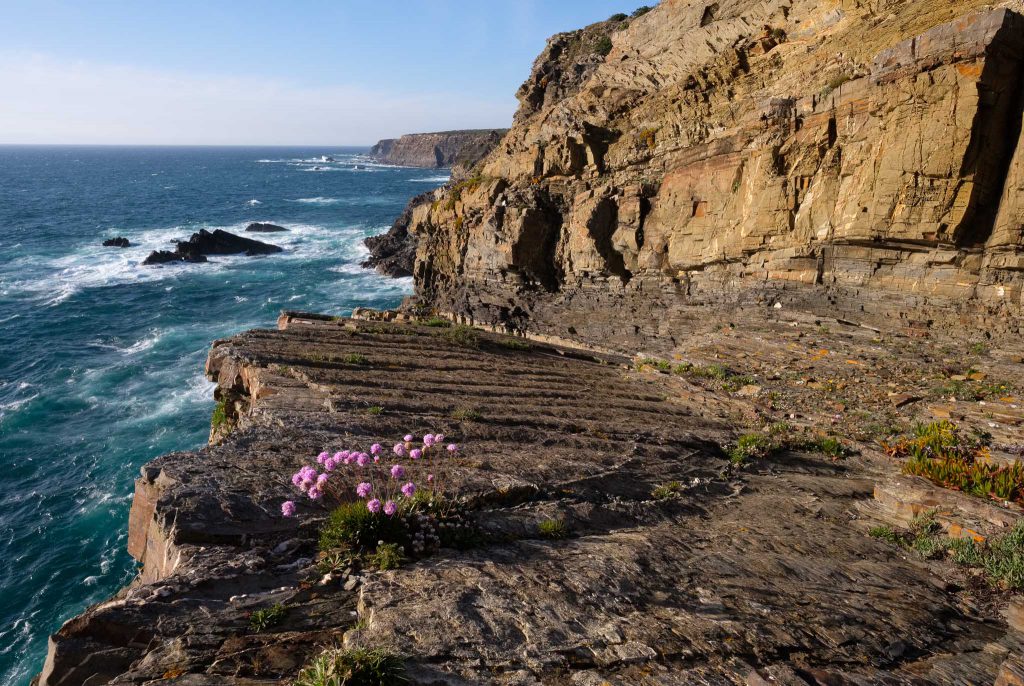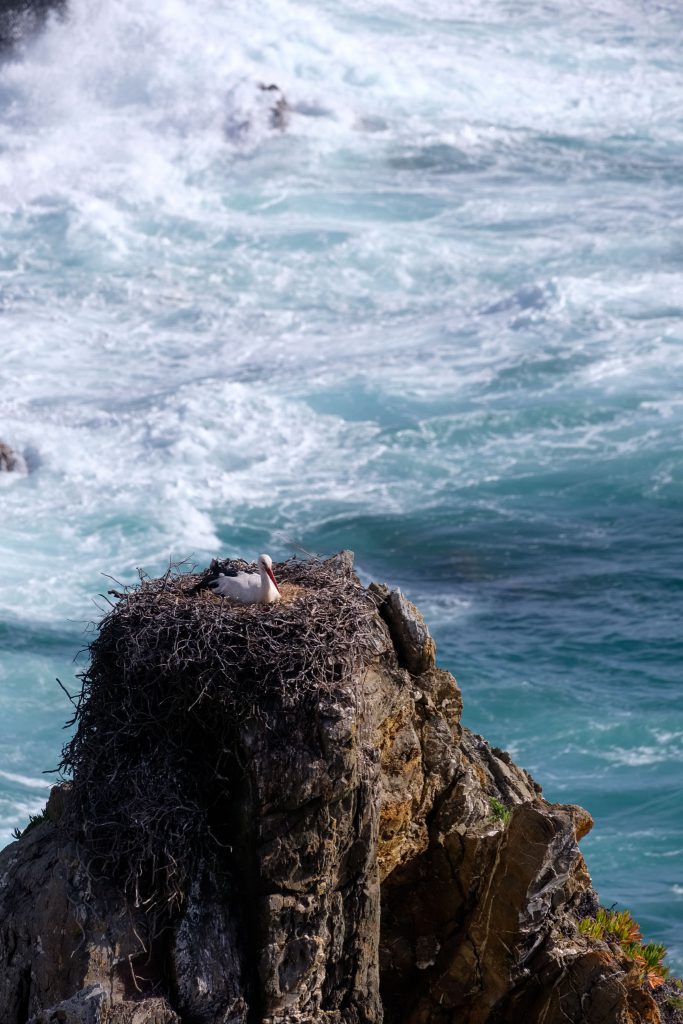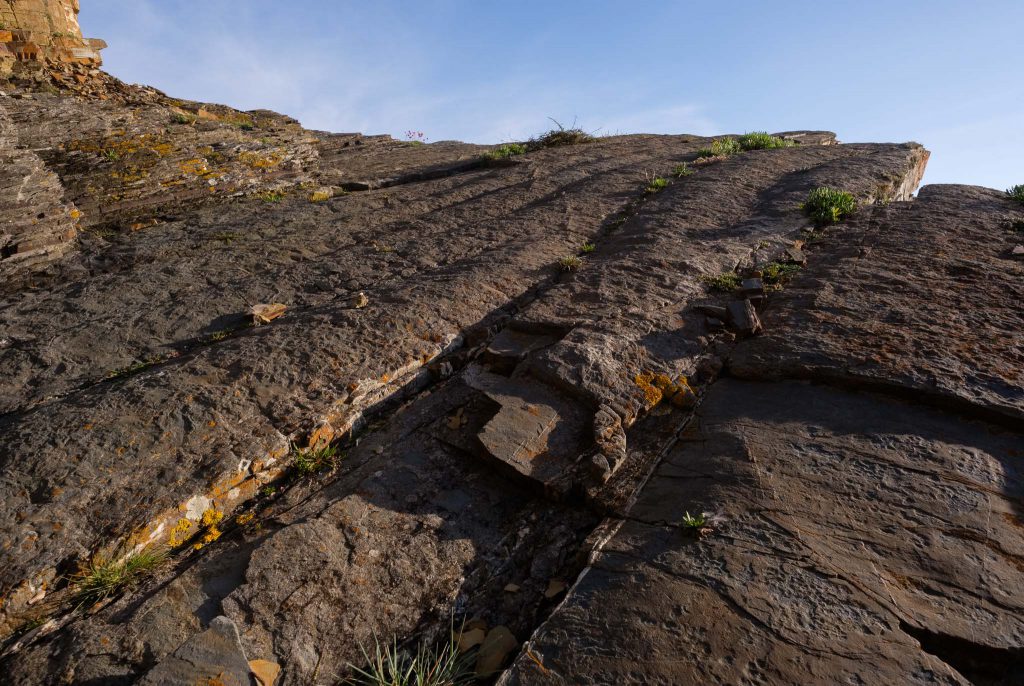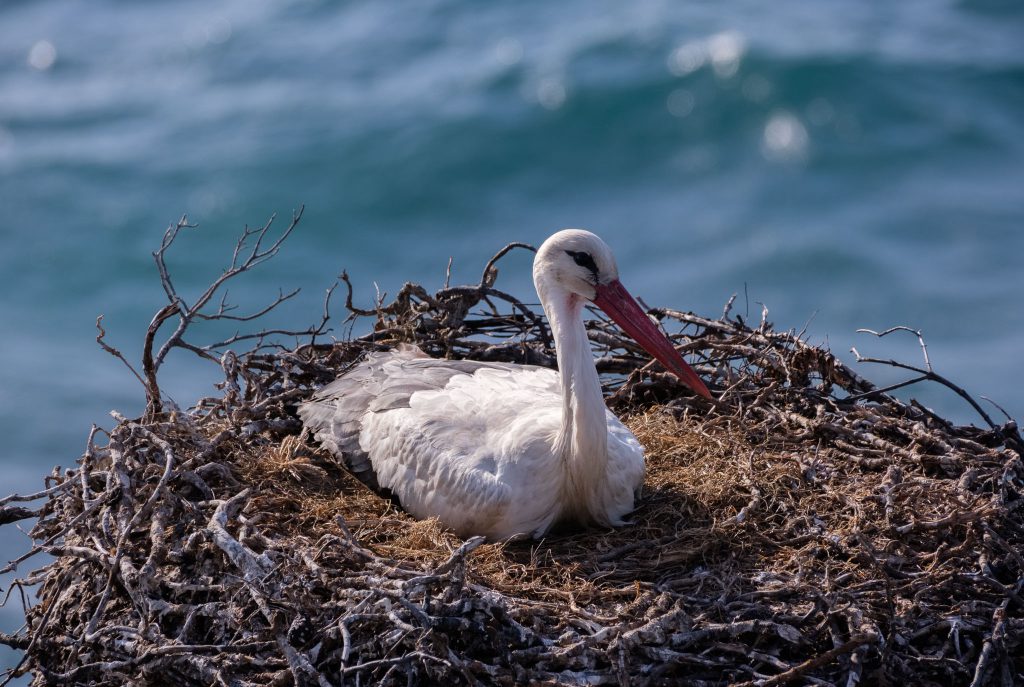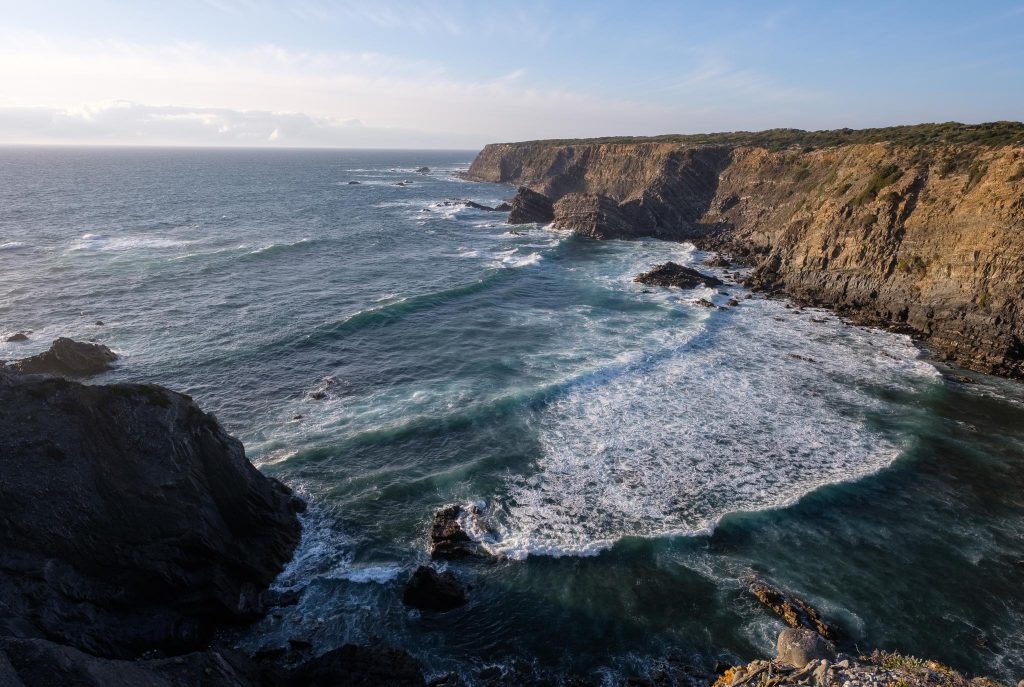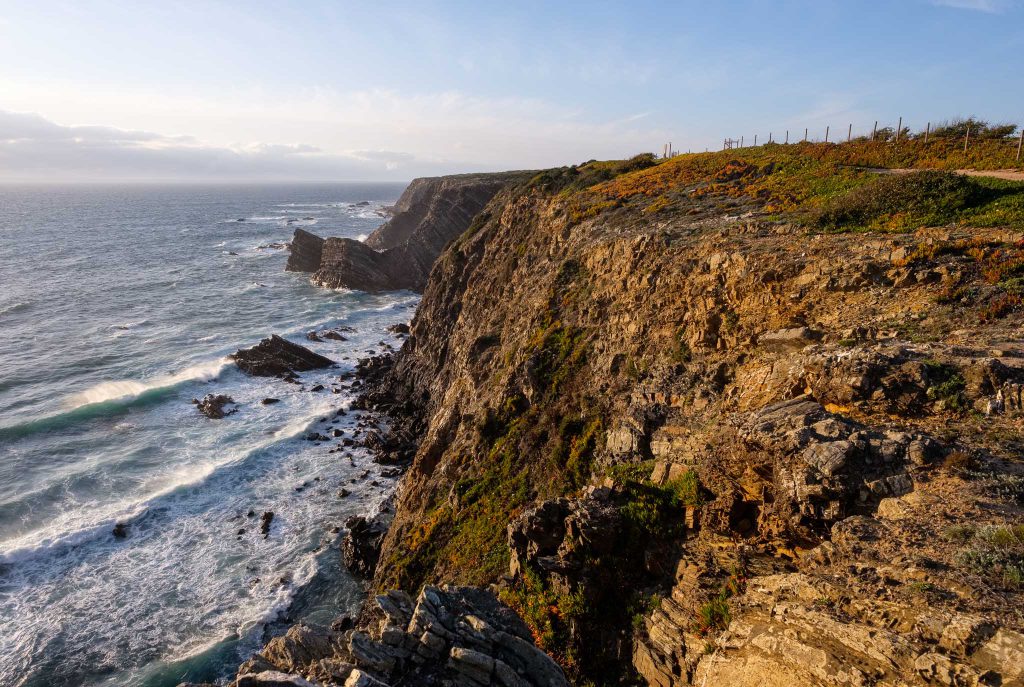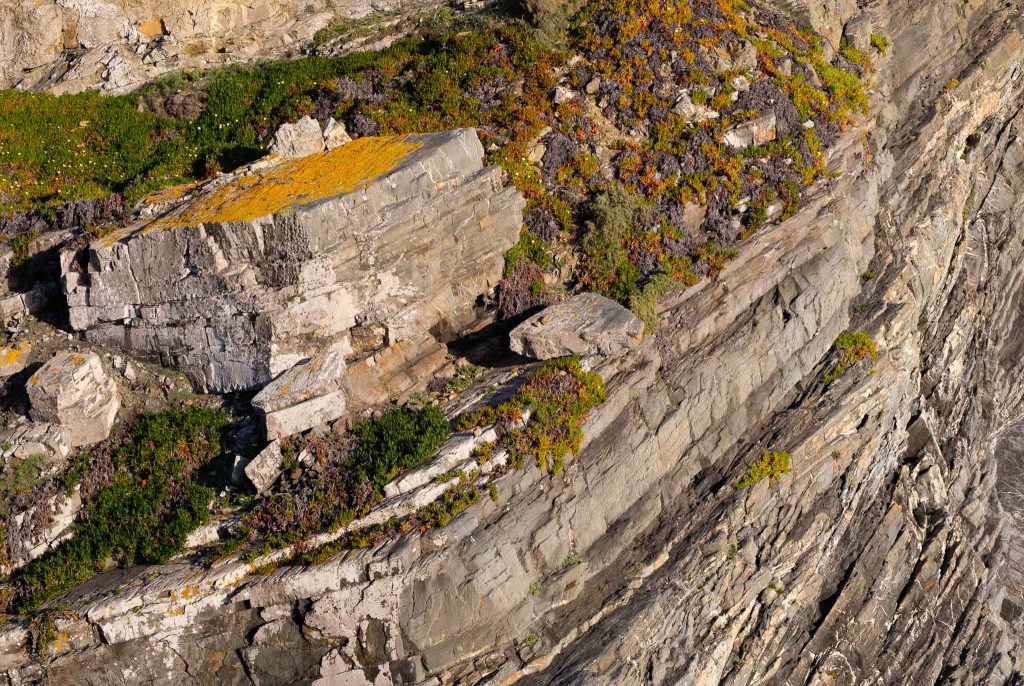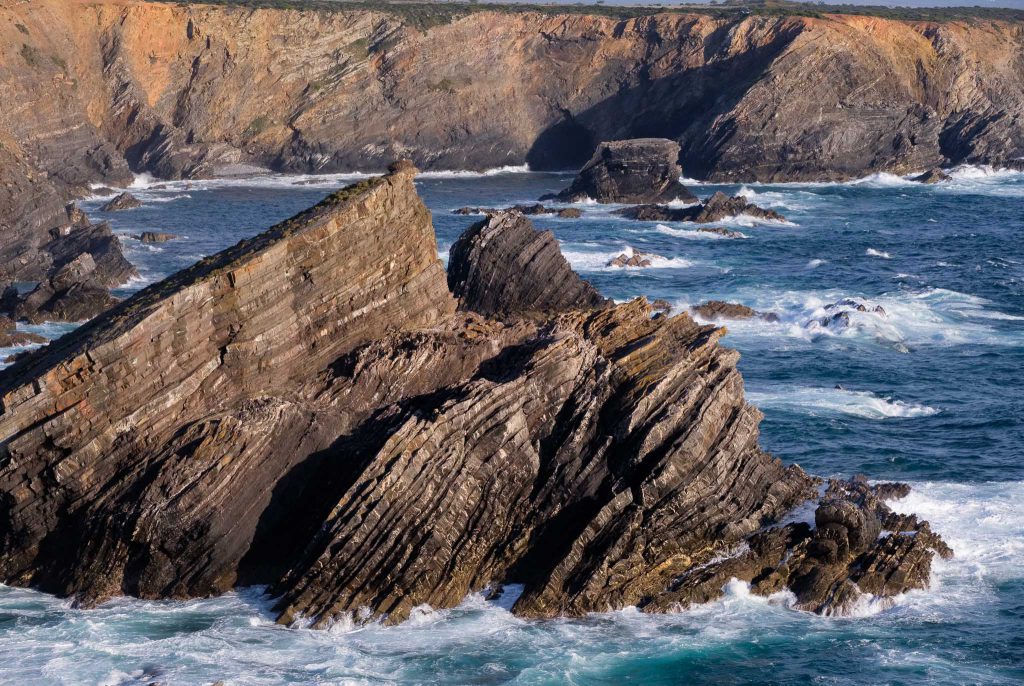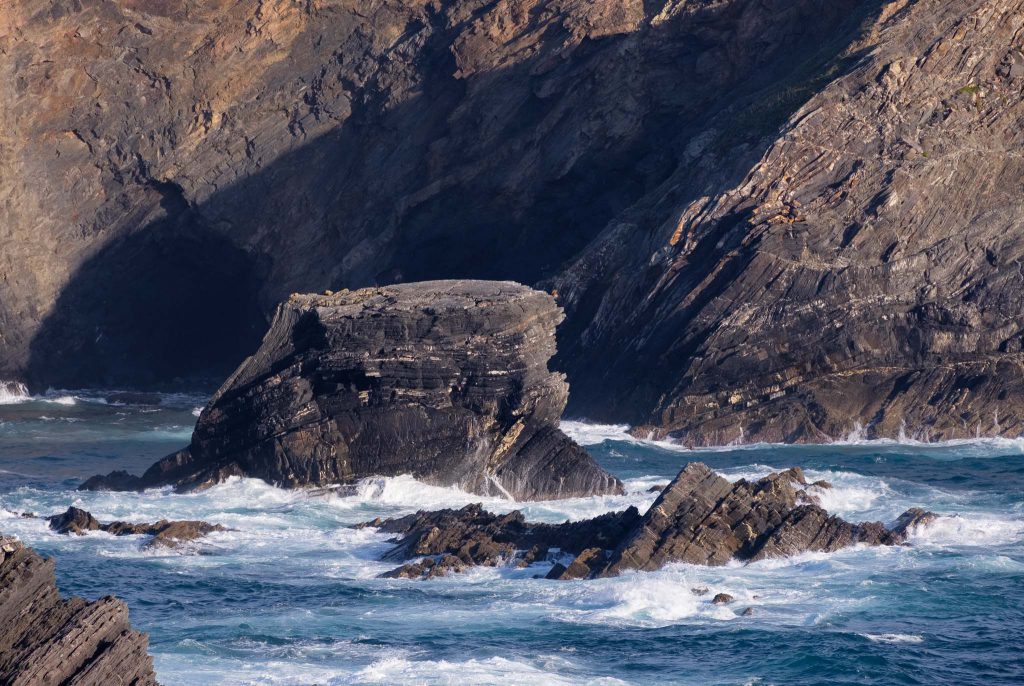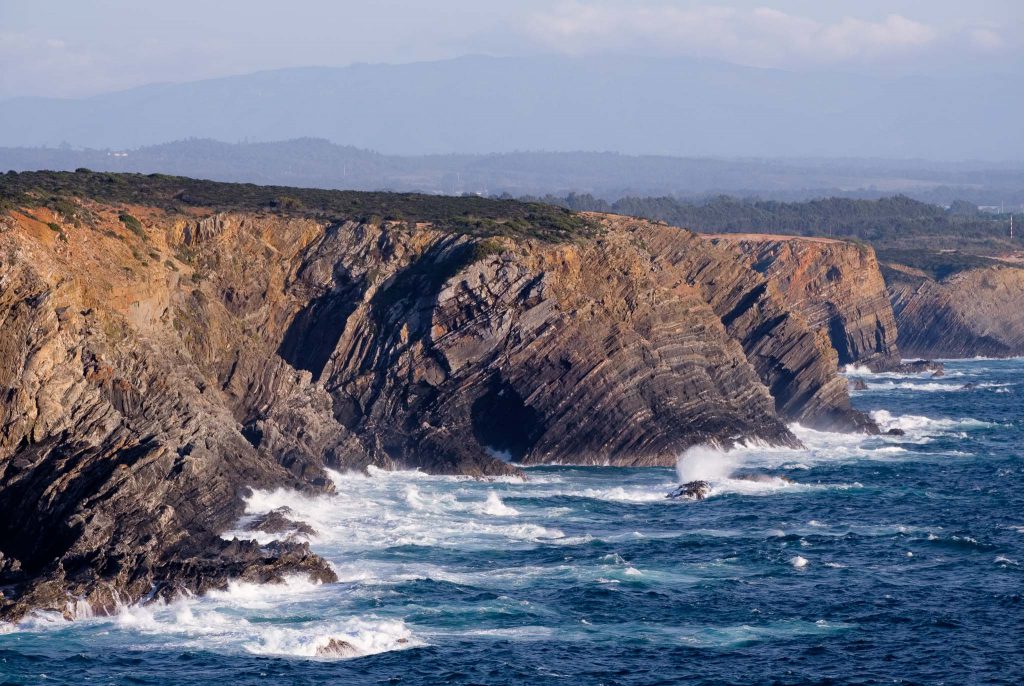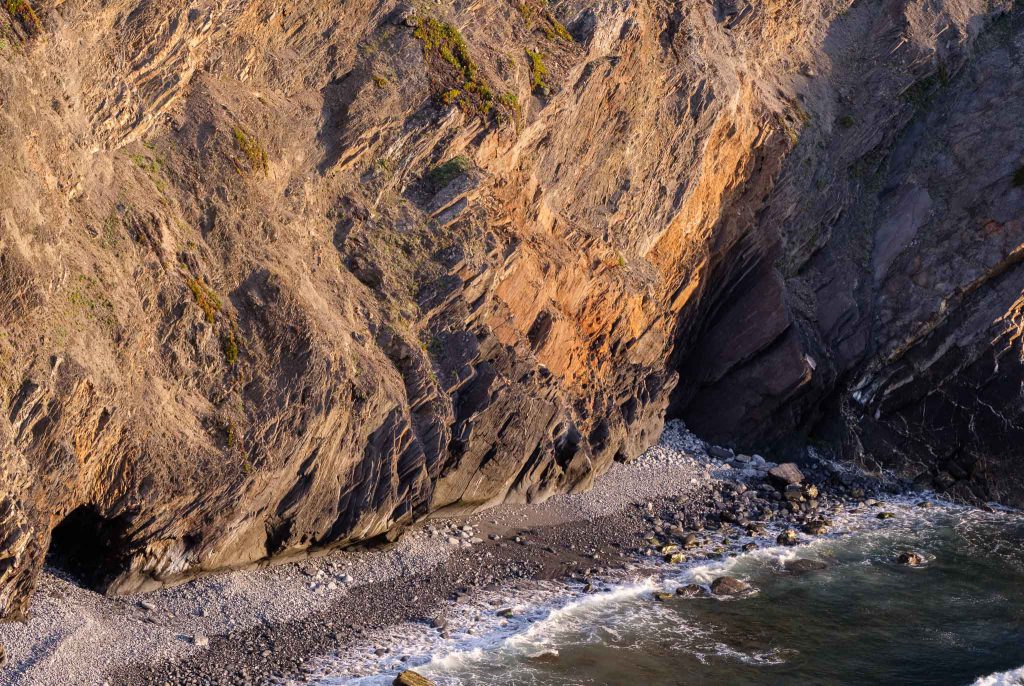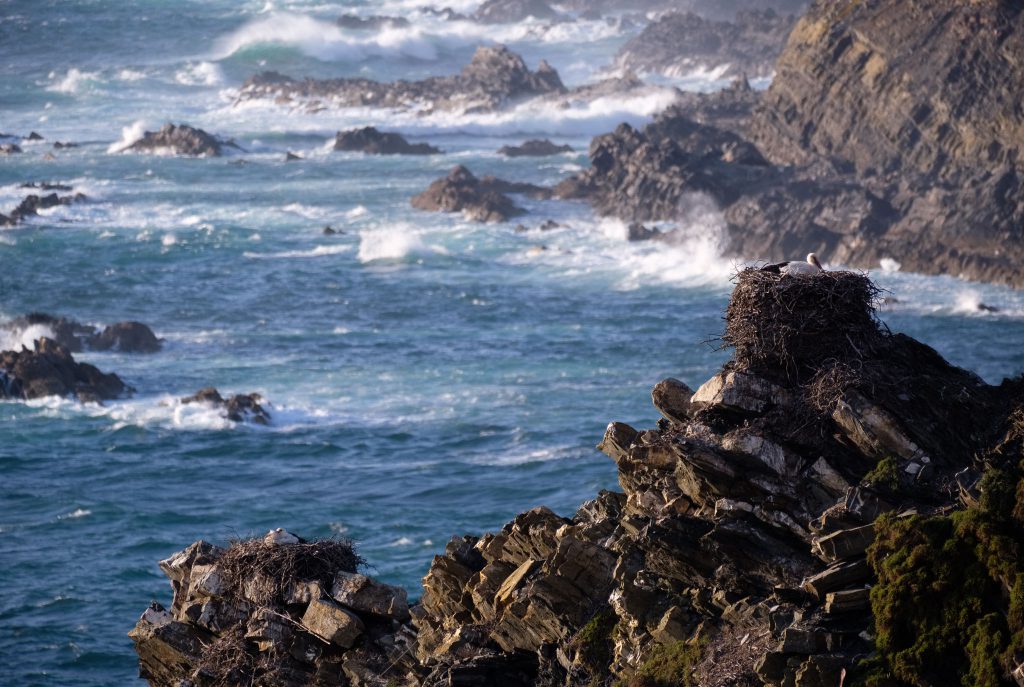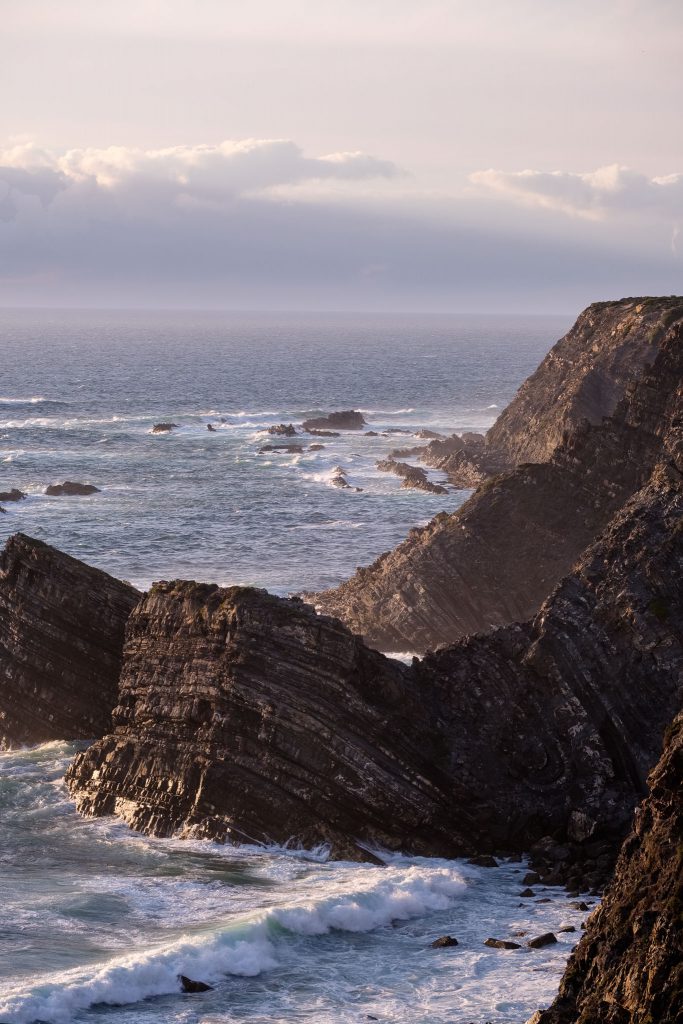I like to visit the Pego das Pias pools after a period of rain, because then the Torgal creek is flowing with abundant water. I wrote about this place already, so more details can be found here:
This is indeed a magical place, especially during springtime, with the green oaks and ash trees, plus the conspicuous rockroses in bloom. There are a few excellent places to make interesting photos, like the main pools at the end of the walking path, with the large boulder in the middle. For this visit, I had with me the Fujifilm X-T30 and X-Pro3 cameras, the former with the Fujinon 14mm f/2.8 wide-angle lens, and the latter with the Fujinon 35mm f/2 standard lens. These provide plenty of flexibility and can be carried in a small backpack.
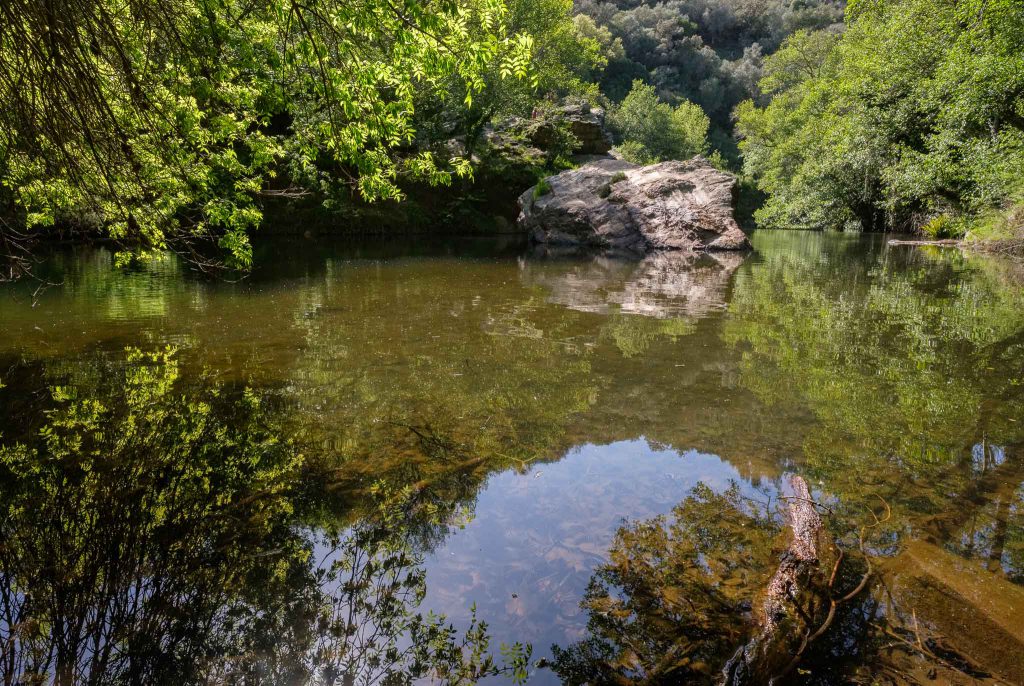
From there, it is possible to continue to walk upstream, negotiating around a few rocks along the way. From the top, it is possible to admire the narrow canyon that has been excavated in the quartzitic rock by the Torgal creek.
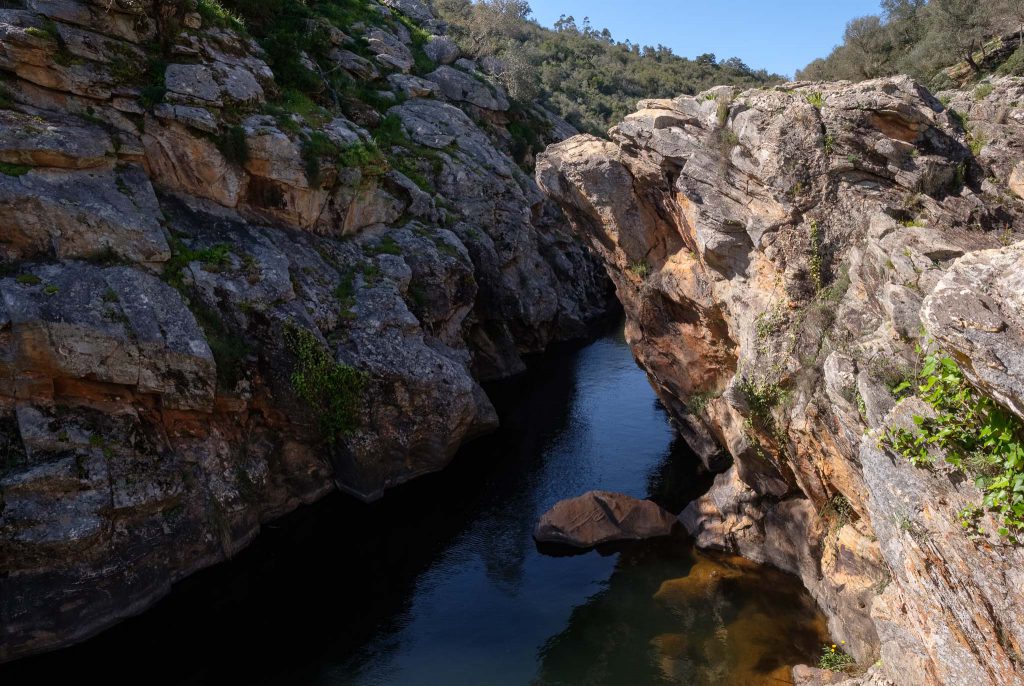
Continuing upstream, I made several photos of the water running around the rocks, using a density neutral filter to obtain a smoothing effect.
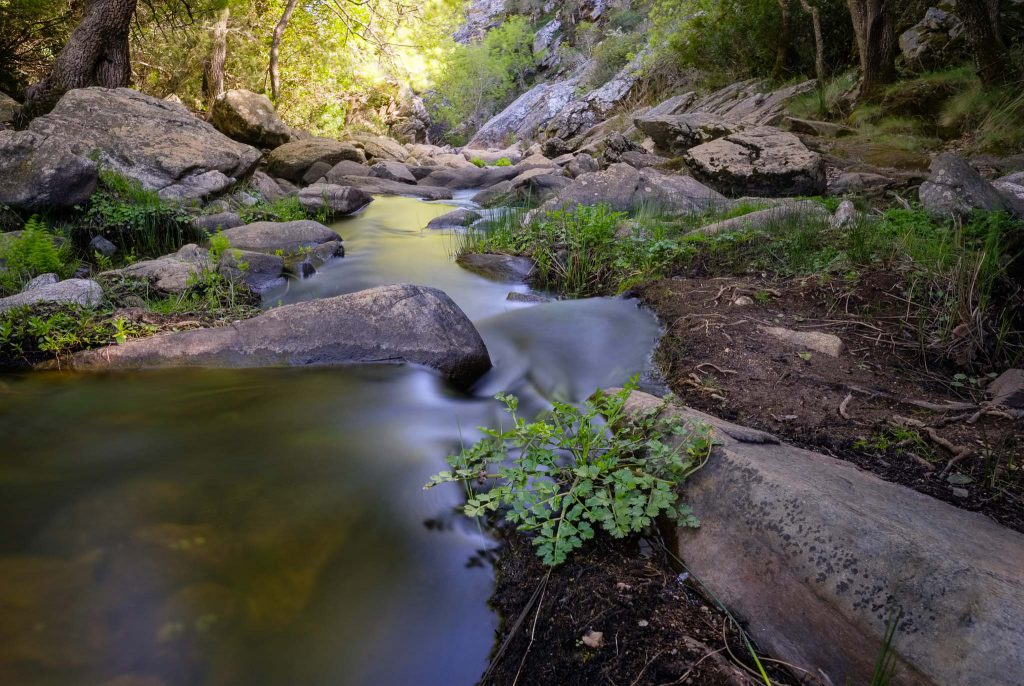
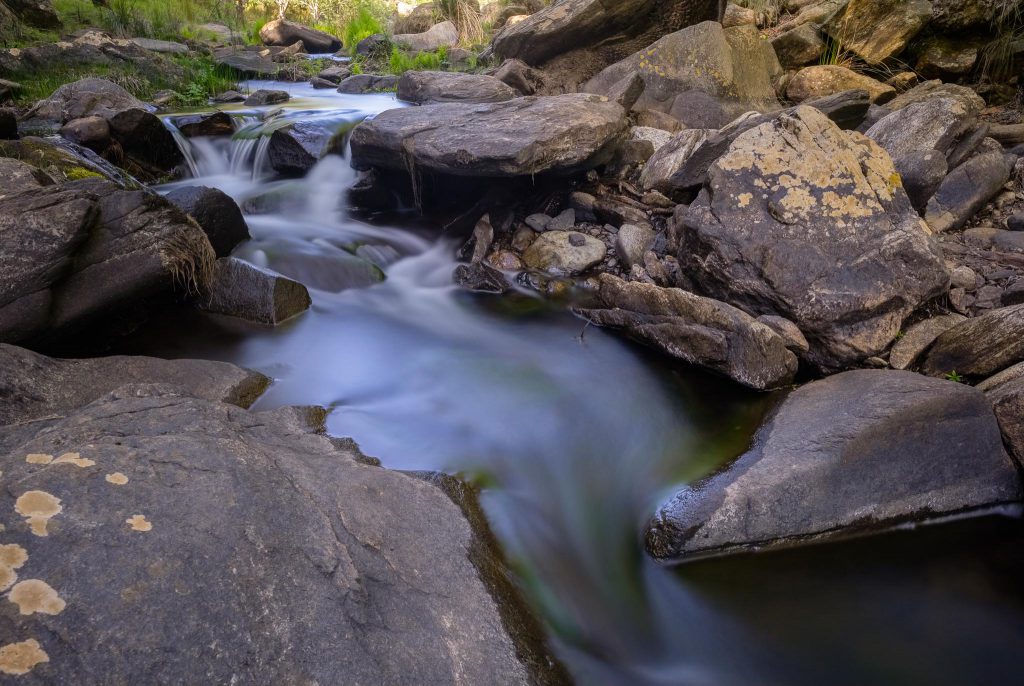
Walking even further, one reaches another set of pools, which was illuminated by the late afternoon light. The water level was higher than usual, which was nice.

After spending some time exploring the area, I walked back downstream, following the southern bank of the Torgal creek. The light was filtering through the trees, bathing the forest and the water in a golden light.
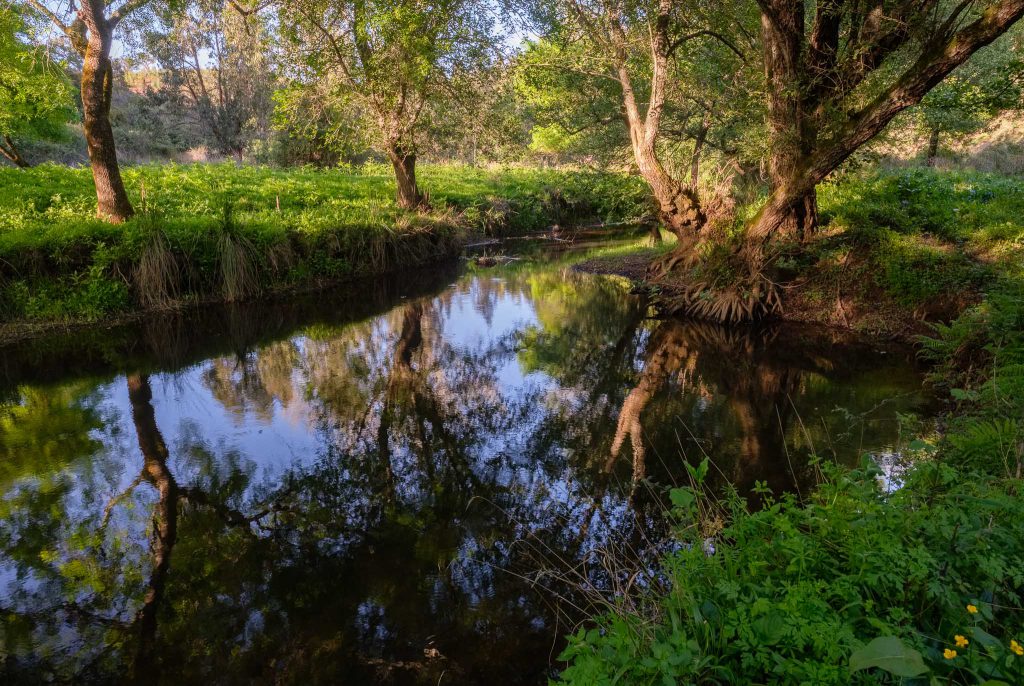
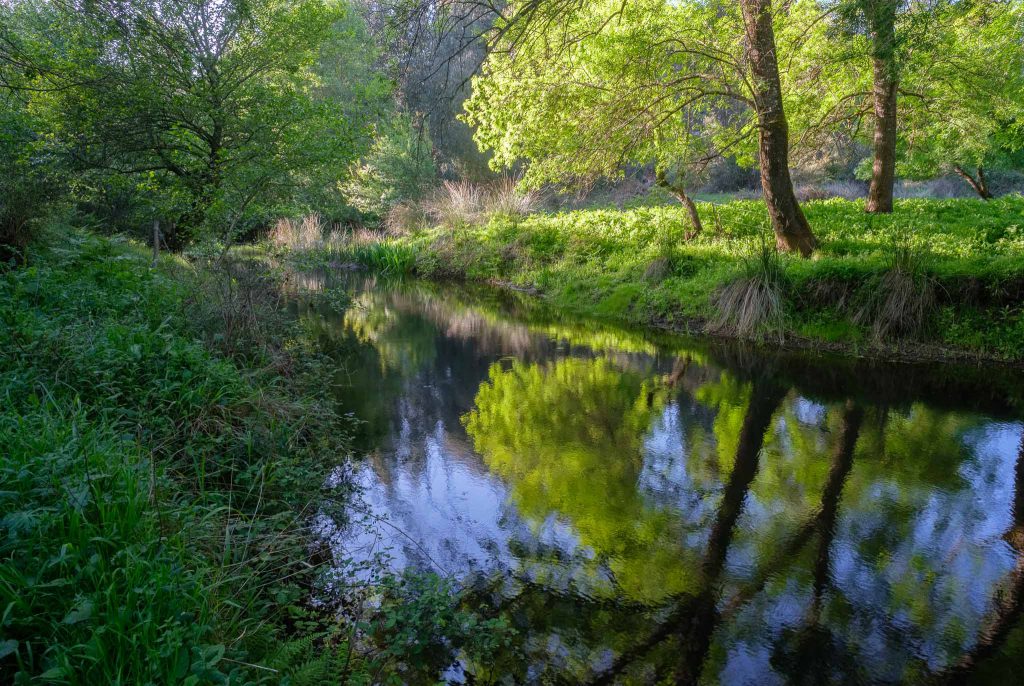
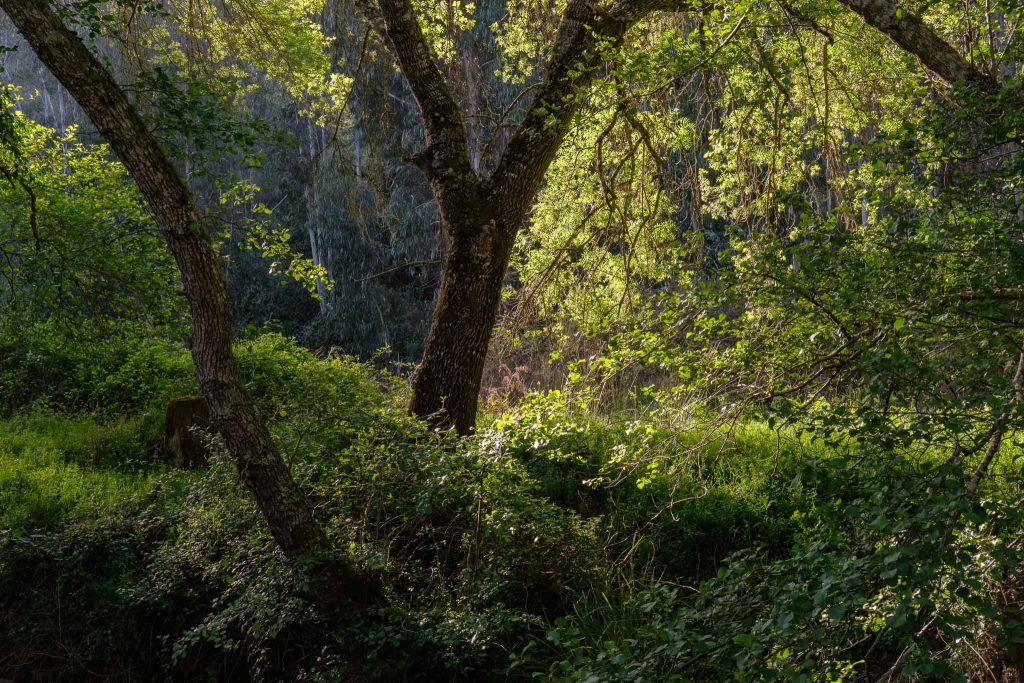
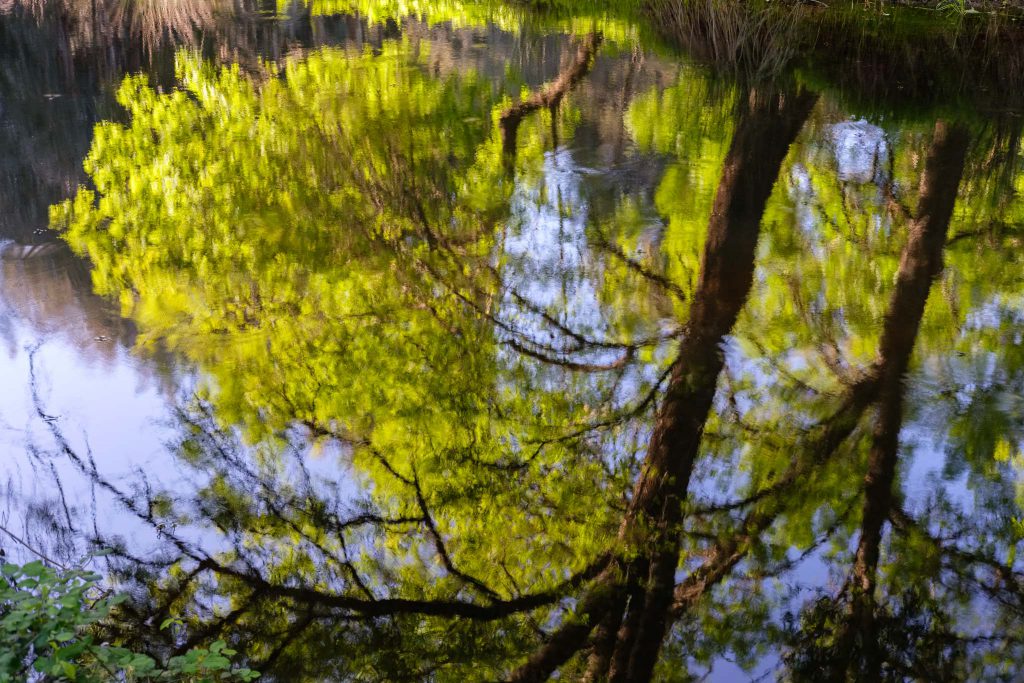

Closer to the tarmac road, the valley widens a little, and there is a small pasture area, where some sheep were grazing.
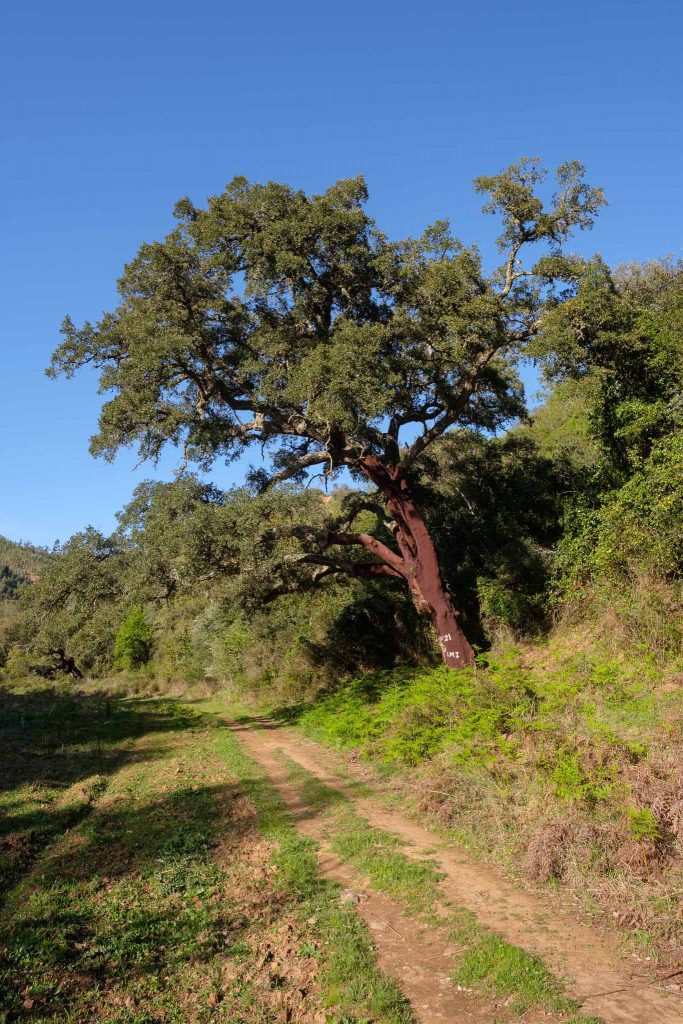
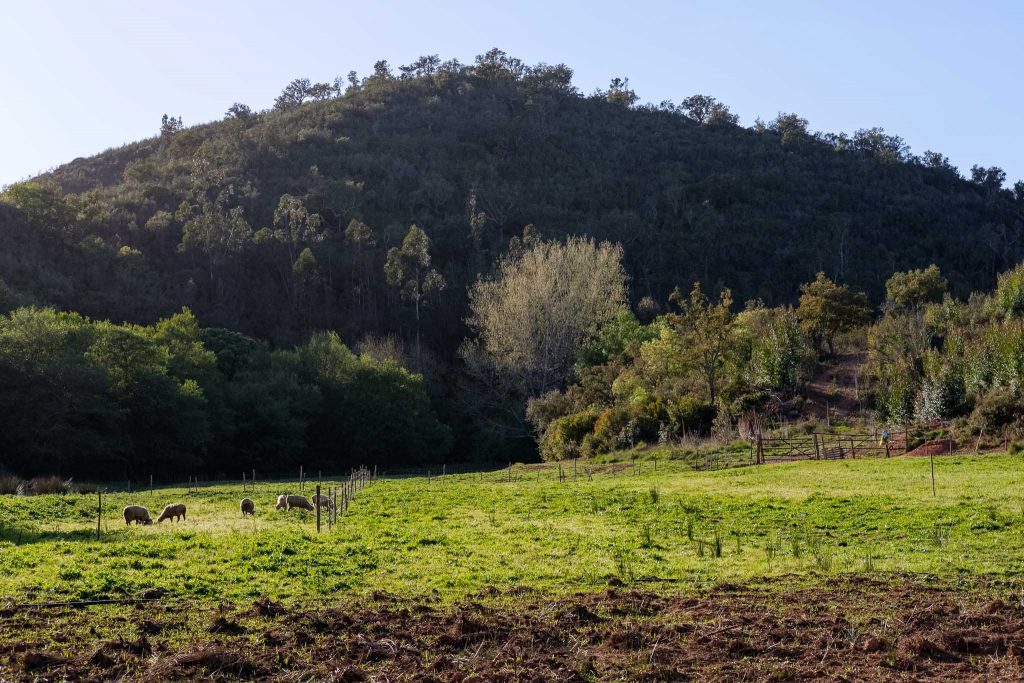
My final stop was to photograph the bridge that spans the Torgal creek valley. It makes an interesting subject for a wide-angle lens. As I was crossing the bridge, I also noticed the sunset light on the forest below, which was being filtered through the trees.
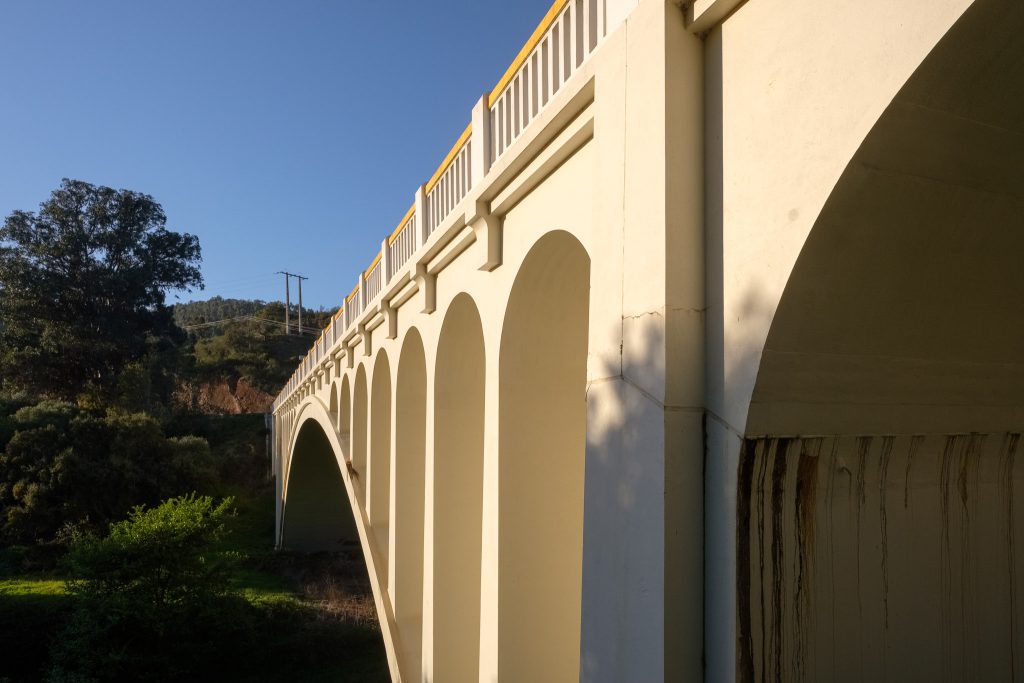
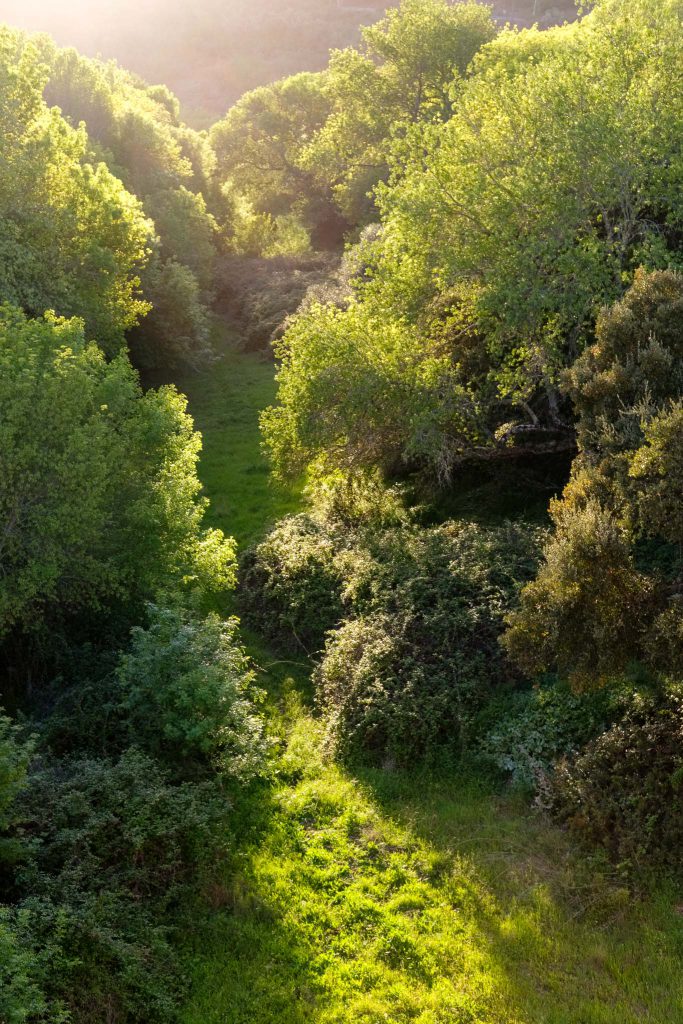
Pego das Pias is one of those beautiful hidden places, quite close to Odemira, but still a well kept secret.
